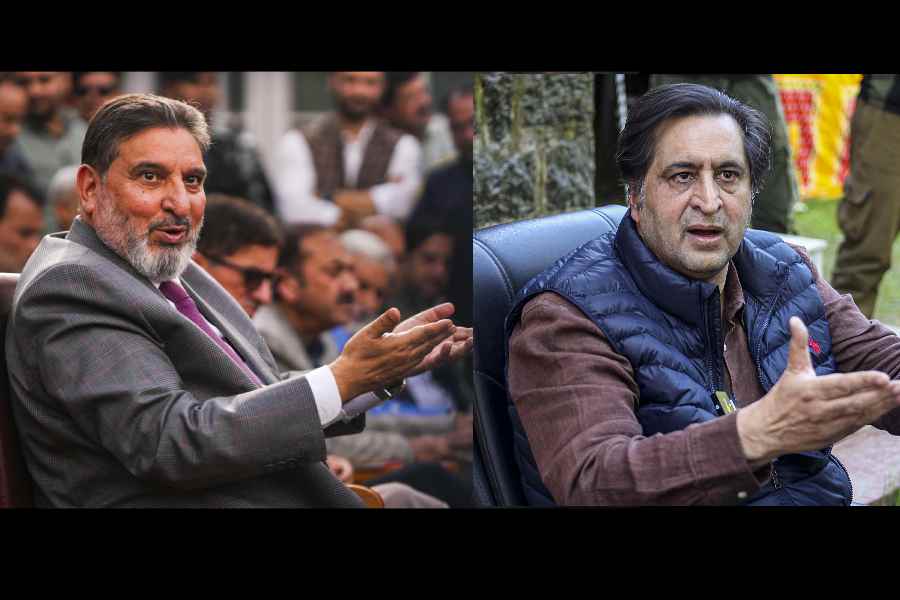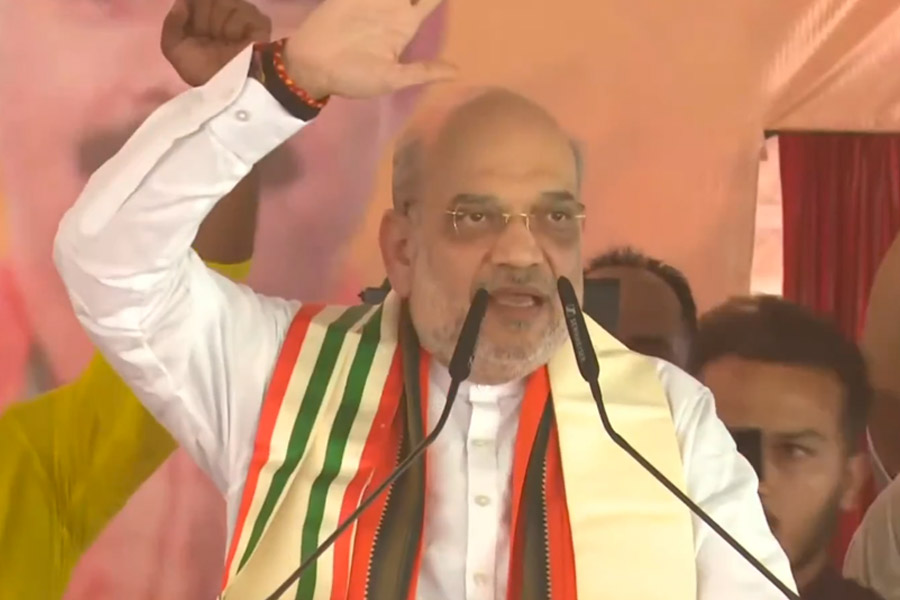Sometimes a verdict becomes more than the delivery of justice, although that is its most important function. Of the Delhi High Court judgment on the Hashimpura massacre of May 22, 1987, many would say that a decision 31 years later is too late. But even that, perhaps, is part of the larger significance of the verdict that condemned 16 men formerly of the Provincial Armed Constabulary to imprisonment for life. They were accused of rounding up 42 men of the minority community from Hashimpura near Meerut, torn by sectarian conflict in 1987, shooting them and throwing their bodies in a canal. The Delhi High Court’s verdict, in response to appeals from the families of the victims, overturned the trial court’s 2015 exoneration of the 16 accused. The trial court had found a lack of evidence. It had taken over the case from the Ghaziabad district court at the Supreme Court’s direction in 2002. The lengthy process, the change of venue, the Supreme Court’s intervention and the trial court’s verdict freeing the former PAC men tell two tales: of the determination and faith in justice of the far from prosperous kin of the victims, and of the embedded bias that allows the State to be complicit in the cruellest acts of law enforcement agencies.
The Delhi High Court has not minced words. It has accused investigating agencies of frustrating the course of justice by suppression of records and shoddy investigation. Yet the victims were unarmed and defenceless. The court has cast doubt on the ability of these agencies to carry out an independent and impartial inquiry when the police are the killers. What is implied is the culpability of the State. That is suggested by the court’s reference to the inadequacy of compensation to the victims’ families when justice has taken 31 years. The same suggestion underlies the court’s direction to state legal services authorities to designate nodal officers who will help families of victims of custodial killing and State excesses. The verdict is thus heartening. It exposes the complicity of the State with majoritarian cruelty, delivers justice, and is remarkable in convicting such a large number of law enforcement personnel. At a time when dominant forces are trying to exacerbate hatred between communities, such an assertion of justice and equality is overwhelmingly important.










